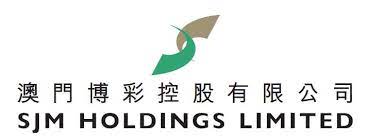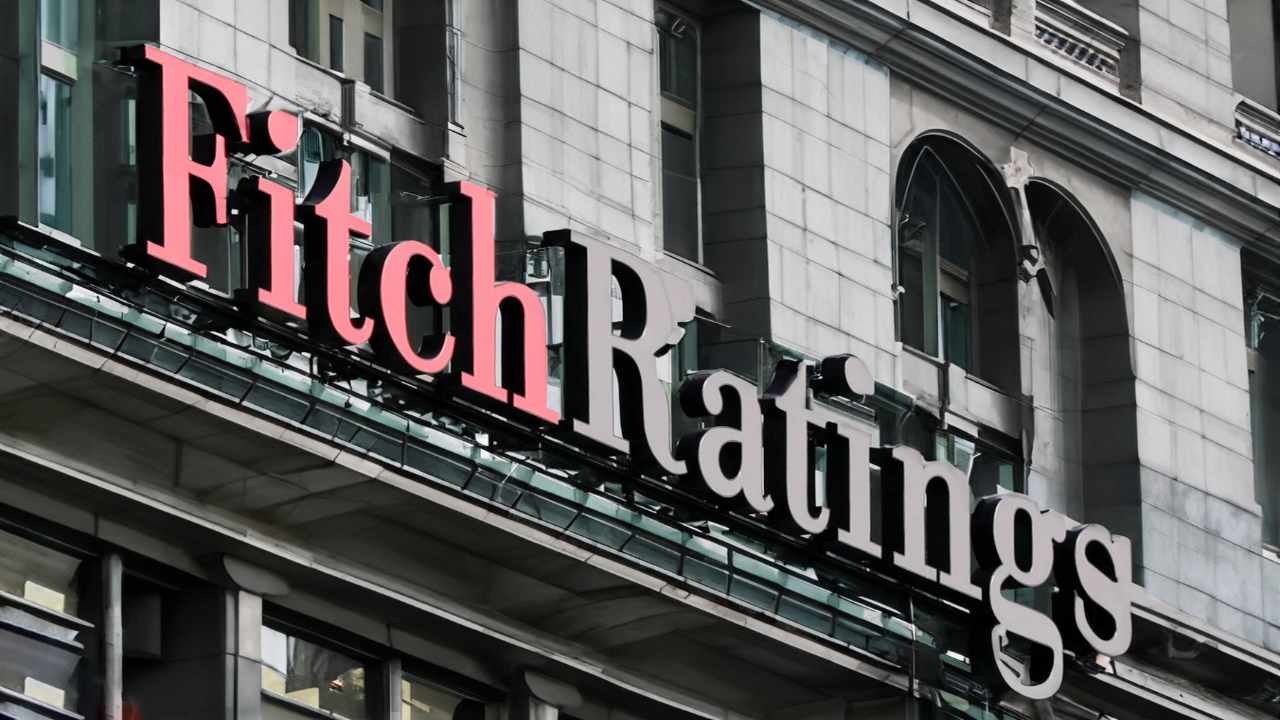
Macau casino operator SJM Holdings Ltd. has had its long-term issuer default rating outlook changed from Stable to Negative by Fitch Ratings, though its rating at ‘BB-’ has been reaffirmed. The revision reflects what Fitch describes as “heightened uncertainty” around the company’s deleveraging efforts. Specifically, Fitch projects that SJM’s EBITDA leverage will rise above 8× in 2025, up from about 7× in the previous year, with a goal of bringing leverage down to under 5× by 2027.

The company’s recent financials underscore some of the challenges. For the first half of 2025, SJM posted revenue of about HKD 14.64 billion (≈ US$1.88 billion), up 6.1% year-on-year. Despite revenue growth, SJM suffered a first-half loss of HKD 182.2 million, slightly higher than its loss in the comparable prior period, and its adjusted EBITDA fell by around 5.1% to HKD 1.65 billion. A key concern for Fitch is that cash flow improvement, particularly from the Grand Lisboa Palace resort, has slowed — leading to weaker margins and less room for deleveraging.

Operational changes are underway. SJM is closing several of its satellite casinos — with seven of nine to shut by end-2025, leaving only Ponte 16 and L’Arc Macau operating beyond that. The company is also acquiring part of Hotel Lisboa from its parent, STDM, for HKD 529 million, reallocating gaming tables and staff from closed satellite venues to its self-owned properties, with the assumption (in Fitch’s base case) that SJM can recapture about two-thirds of the outgoing satellite casinos’ market share.


Looking ahead, Fitch’s rating agency underscores that SJM’s credit profile will depend heavily on how well it executes its restructuring, improves operational performance at Grand Lisboa Palace, and manages its debt maturities. Also relevant is its ability to tap into available liquidity: SJM has an undrawn revolver of approximately HKD 3.1 billion as of end-H1 2025, and will need to refinance a US$500 million bond maturing in January 2026. Overall, while Fitch believes improvement is possible, continued weakness in EBITDA, higher costs, and failure to meet leverage targets could lead to further negative rating action.

 Content Writer: Janice Chew • Friday, 25/09/2025 - 22:59:14 - PM
Content Writer: Janice Chew • Friday, 25/09/2025 - 22:59:14 - PM